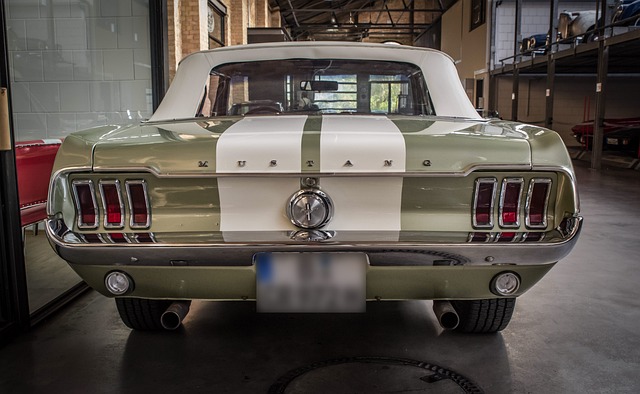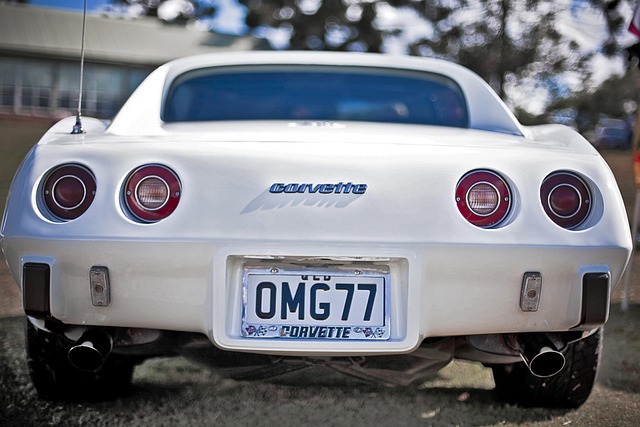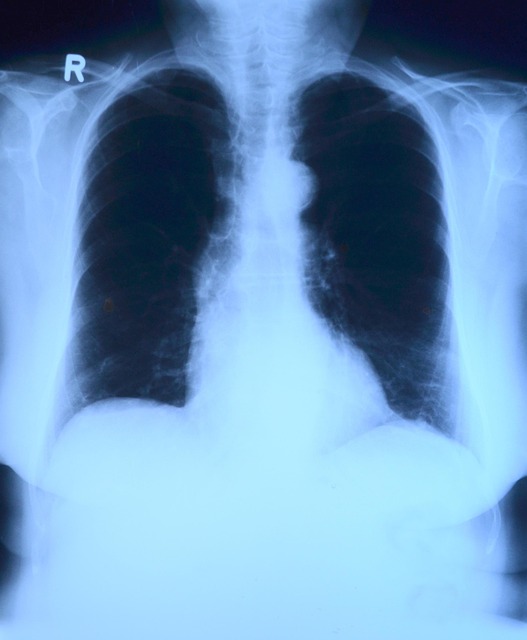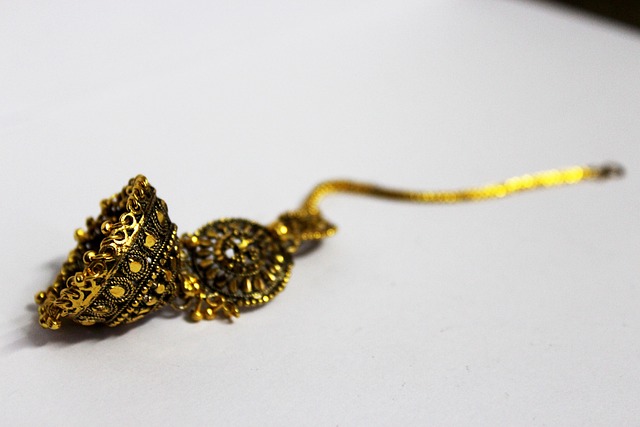Range of Motion (ROM) therapies are crucial in chiropractic rehabilitation for car crash victims, focusing on passive and active techniques. Passive ROM involves healthcare professionals gently moving patients' joints to reduce pain and stiffness, while active ROM encourages independent joint movement to strengthen muscles. Chiropractic care seamlessly integrates both methods, offering personalized recovery plans that target specific car crash injuries, ultimately improving mobility and accelerating healing.
“Explore the dual approaches of passive and active range of motion (ROM) treatments for post-car crash injuries in this comprehensive guide. Discover how passive ROM, often used in physical therapy, aids in pain relief and injury recovery without patient participation. Then, delve into active ROM therapy within chiropractic care, where patients actively move their joints. We compare the effects, efficacy, and benefits of each, empowering you to understand the optimal rehabilitation strategies for car crash injuries, focusing on chiropractic and range of motion therapy.”
- Understanding Passive ROM Treatments for Car Crash Injuries
- Active ROM Therapy in Chiropractic Care: A Deep Dive
- Comparing Effects and Efficacy: Passive vs Active ROM
Understanding Passive ROM Treatments for Car Crash Injuries

Passive Range of Motion (ROM) treatments are a crucial aspect of rehabilitation for individuals recovering from car crash injuries. This type of therapy focuses on gentle, controlled movements performed by a healthcare professional to improve mobility and reduce pain in affected joints. Unlike active ROM, where the patient actively moves their own body, passive exercises are conducted with the individual relaxed, often lying down or seated. A chiropractor, an expert in adjusting the spine and overall joint health, may utilize this technique to help patients regain mobility after a car accident.
By carefully manipulating the injured area through a full range of motion, chiropractors can alleviate stiffness, reduce muscle tension, and stimulate blood flow. This approach is particularly beneficial for car crash victims who may experience limited or painful movement in their neck, back, or extremities post-injury. Passive ROM therapy aims to restore natural joint function, enhance flexibility, and ultimately accelerate the patient’s recovery process.
Active ROM Therapy in Chiropractic Care: A Deep Dive

Active ROM Therapy in Chiropractic Care provides a targeted approach to enhancing the range of motion (ROM) for individuals recovering from car crash injuries. This technique goes beyond passive stretching by actively engaging the patient during treatment, promoting self-healing and improved mobility. Chiropractors skilled in this method guide patients through controlled movements that gradually increase joint flexibility and strength.
In the context of car crash injuries, where soft tissue damage and joint restrictions are common, active ROM therapy can be a game-changer. By actively participating in their treatment, patients gain better control over their healing process, reducing reliance on external assistance. This dynamic approach not only accelerates recovery but also fosters long-term resilience, ensuring individuals regain their full range of motion and return to their active lifestyles.
Comparing Effects and Efficacy: Passive vs Active ROM

When it comes to recovering from car crash injuries, passive and active ROM (range of motion) therapies offer distinct approaches with unique advantages. Passive ROM therapy involves a healthcare professional actively moving a patient’s joint through its range of motion, while the patient relaxes and does not participate in the movement. This method is particularly effective for individuals who may experience pain or discomfort during active movement, such as those recovering from severe injuries or chronic conditions. It helps improve flexibility and can be a game-changer for patients who are unable to perform active exercises independently.
In contrast, active ROM therapy encourages patients to actively move their joints through their full range of motion under their own control. This approach fosters muscular strength and endurance while promoting self-healing. Chiropractic care often incorporates both passive and active ROM techniques, tailoring the treatment to the patient’s specific needs. For the chiropractic field, understanding the nuances between these therapies is crucial in developing effective recovery plans for patients suffering from car crash injuries, ensuring optimal mobility and a smoother road to healing.
In the realm of chiropractic care, both passive and active ROM treatments offer promising avenues for managing car crash injuries. While passive ROM therapies provide immediate relief through gentle manipulation, active ROM therapy empowers patients with specific exercises to enhance their own healing process. When considering range of motion therapy after car crash injuries, chiropractic professionals can tailor these approaches to address individual needs. By comparing effects and efficacy, healthcare providers can guide patients towards the most effective method, ultimately fostering a faster and more sustainable recovery.














